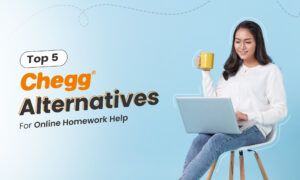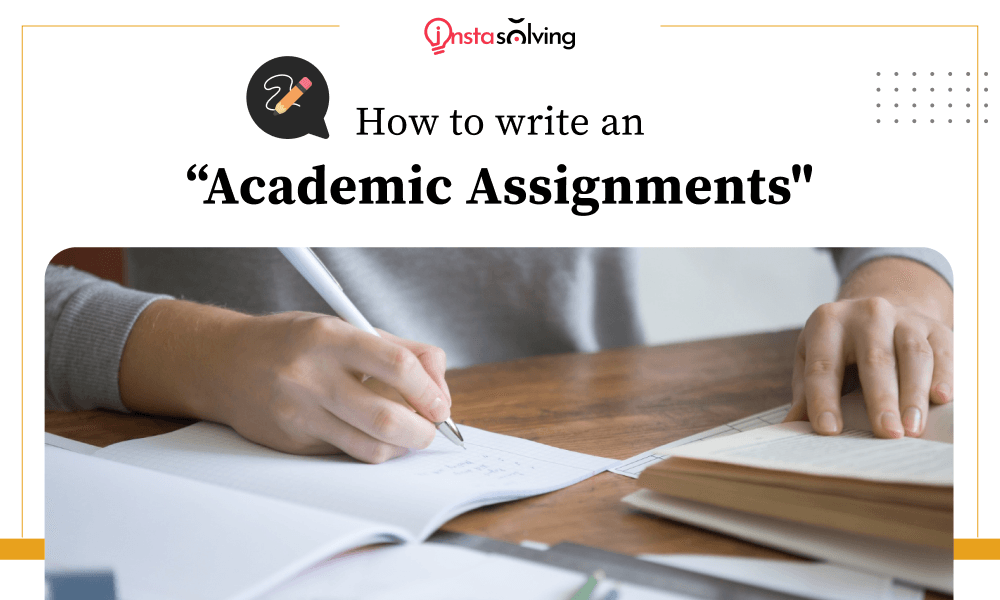Crafting a captivating introduction is paramount to engaging readers and setting the stage for a compelling narrative. An effective hook is a sentence or two designed to intrigue readers. It helps to communicate the content essence precisely and engagingly to appeal to readers. Writing an engaging hook is valuable as it not only says the essence but is also used as a literary lure for drawing readers to read your content.
It's crucial to distinguish between hooks and introductions. While an introduction provides an overview, a hook precedes it. It captures attention pretty quickly and helps in engaging people to read. Hooks extend beyond essays and academic assignments, finding applications in various writing domains such as fiction, blogging, copywriting, and screenwriting. Seasoned communicators, like David Ogilvy, emphasize the power of persuasion and skillful use of hooks.
Different Types of Writing Hooks
Creating effective hooks can be challenging, especially during the initial stages of formulating arguments. Essential information like writing type, required format, target audience, and organizational structure aids in generating a suitable hook after completing your writing piece. There are several types of hooks, each serving a unique purpose. According to experts, writers should use these hooks depending on those mentioned above. Not all hooks are suitable for all types of content. Read the content below to learn more about the hooks, uses of the hook along with the examples:
Anecdotal Hooks:
When a writer uses a short story/narrative to connect to the context of the topic to attract the reader’s attention, it becomes an anecdote hook. It can be a short personal story, tale, or a fragment of your imagination. Ensure that it is relevant to the main idea of the writing piece. It's mandatory to display how this brief and narrative-driven anecdote hook relates to the topic of your writing. Avoiding unnecessary details that could cause confusion would be advisable in anecdote hooks.

Statistical or Factual Hooks:
As the name suggests, statistic hook is used for information-rich writings. While writing, the author mentions a quote or can take statistical data from an outside source. The data could be anything: numbers, decimals, and/or percentages. This factual hook should be relevant to the main idea of the topic and describe the context or the situation better. The writer should remember that the hook must be discussed and explained in the writing, ensuring that readers understand it fully. Our experts advise writers to use intriguing facts to make ordinary information exciting. Last but not least, don't forget to confirm that the data or statistics you have used in your content piece are clear, concise, and strongly impactful.

Quotation Hooks:
A quote hook involves utilizing and elucidating a quote pertinent to the current topic. The crucial point is that the quote must be sourced from a reputable source. Additionally, discuss the significance of the quote afterward to ensure clarity and enhance its relevance in the content piece. It is best to find memorable quotes that relate to the topic and behold the capacity to attract readers.
Rhetorical Question Hooks:
A rhetorical question hook writers use when they ask their readers about something they can visualize and try to consider the question thoughtfully. The writers answer what they think about questions in their piece of writing. It helps readers know their thoughts, and they can also form their opinions about the answers to questions writers have explained in their content. When it comes to using a rhetorical question hook in your text, it is always better to avoid clichéd question formats. Pose questions differently to stir readers' interest, leading to better reader engagement.
Shocking or Provocative Statement Hooks:
A strong statement hook is a sentence asserting a bold claim about your subject. It aligns with the thesis statement, highlighting the significance of your essay or paper. Employing a strong statement is effective since it doesn't depend on whether your reader concurs or disagrees with your assertion. It captures readers' attention pretty quickly due to its boldness. Ensure statements are not already widely accepted truths.

Examples of Effective Hooks Writers Can Use
Anecdotal Hook Example:
"As I strolled through the market, witnessing an intoxicated man fall into a trash can and demand more beer instead of help left me amused."
Statistical or Factual Hook Example:
"The global use of social media is skyrocketing, with more than 2.5 billion people actively engaged in various platforms."
Quotation Hook Example:
"Maya Angelou wisely advised, 'Stand up straight and realize who you are, that you tower over your circumstances.'"
Rhetorical Question Hook Example:
"Have you ever wondered what might have happened to Adolf Hitler after World War II?"
Shocking or Provocative Statement Hook Example:
"The skies in Denver are the clearest I've ever seen, a phenomenon intensifying with climate change."
Considerations when choosing a hook:
Selecting an effective hook for your writing involves thoughtful consideration. Be careful about the factors given below while choosing a hook. Remember that it not only captures the reader's attention but also sets the tone for your piece, ensuring your readers engage in it. Don't forget to ponder these components before you use a hook. By carefully considering these aspects, you can craft a hook that makes your content equally compelling and impactful.
Target Audience: Tailor the hook to resonate with the audience's interests and preferences.
Relevance to the Topic: Ensure the hook aligns with the essay's main message and purpose.
Connection to the Thesis Statement: Establish a clear link between the hook and the essay's thesis.
Setting the Tone: Adapt the hook's tone to match the formality or informality of the essay.
Engaging Emotions or Curiosity: Use hooks that evoke emotions or curiosity to maintain reader interest.
Steps to write an effective hook:
Writing an effective hook involves several key steps to capture the reader's attention. Understand your audience and tailor the hook to their interests or emotions. Choose a hook type that aligns with your writing style, whether it's an anecdote, quote, question, or statistic. Ensure the hook is relevant to your topic, providing a sneak peek into the subject of the content. Experiment with different hooks during the drafting phase and gauge the impact on the article. Keep the hook concise, clear, and in tune with the tone of your piece. Test the emotional appeal, intending to evoke curiosity, empathy, or surprise. Consider the placement to maximize its impact. Lastly, be open to revision and refinement, fine-tuning your hook until it is a compelling introduction to your work. If you still find writing a compelling hook difficult, ask for expert assignment help from Instasolving.
Brainstorming Ideas: Explore varied sources for engaging facts or anecdotes.
Understanding the Assignment's Purpose & Requirements: Clarify your motivations and desired reader emotions.
Crafting a Compelling Opening Sentence: Use imagination to create a powerful hook that aligns with your purpose.
Polishing and Revising the Hook: Refine the hook to eliminate any flaws or inconsistencies.
Testing the Hook's Efficacy: Gather feedback from peers or mentors to gauge the hook's effectiveness.
Common mistakes to avoid:
We have discussed some common mistakes you should avoid to ensure their effectiveness when crafting hooks. Make sure that you steer clear of these below-mentioned factors. Avoiding these mistakes can help you maintain the hook's relevance with your content and boost reader engagement effectively. Avoid the temptation to use hooks that might be perceived as offensive or insensitive, as these can alienate your audience. Additionally, be cautious with humor. While it can be effective, it's subjective, and a poorly executed joke may fall flat or even offend. Lastly, remember that a hook is just the beginning — don't let it overshadow the rest of your content. It should seamlessly lead into the main body of your work.
Using clichés or overused hooks: Avoid phrases that may bore readers; aim for originality.
Being too vague or generic: Ensure your hook is specific and directly connected to your topic.
Not connecting the hook to the topic or thesis: Maintain a clear link between the hook and the essay's main message.
Ignoring the target audience's preferences: Research and understand your audience to tailor the hook effectively.
Neglecting the importance of revision and editing: Thoroughly edit and revise your hook to eliminate errors and enhance clarity.

How Instasolving Offers Assistance to Write Hook Sentences
In conclusion, while hooks are valuable tools for capturing attention, clarity, relevance, and audience understanding are equally essential. InstaSolving.com, with its team of over 3000 experts, stands ready to assist students in producing top-notch assignments across diverse disciplines. Our homework help team ensures that every piece of writing maintains high quality and becomes engaging for readers. The platform prioritizes originality, uniqueness, and timely delivery, ensuring students receive unparalleled support for their academic success.
























